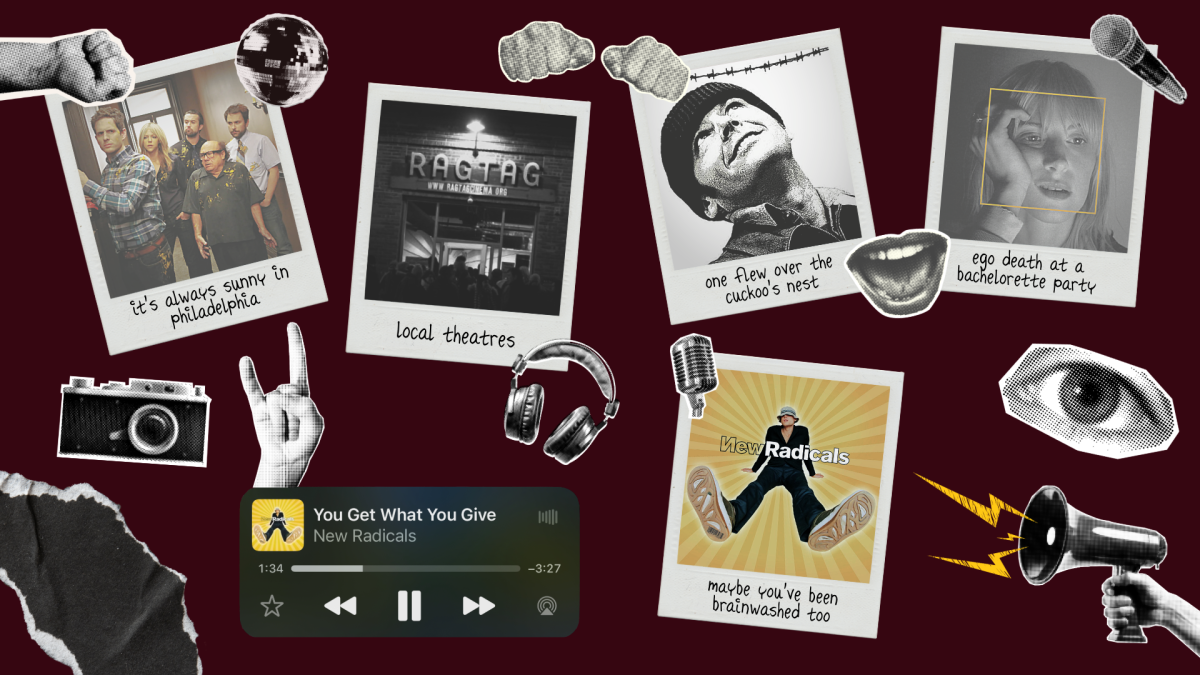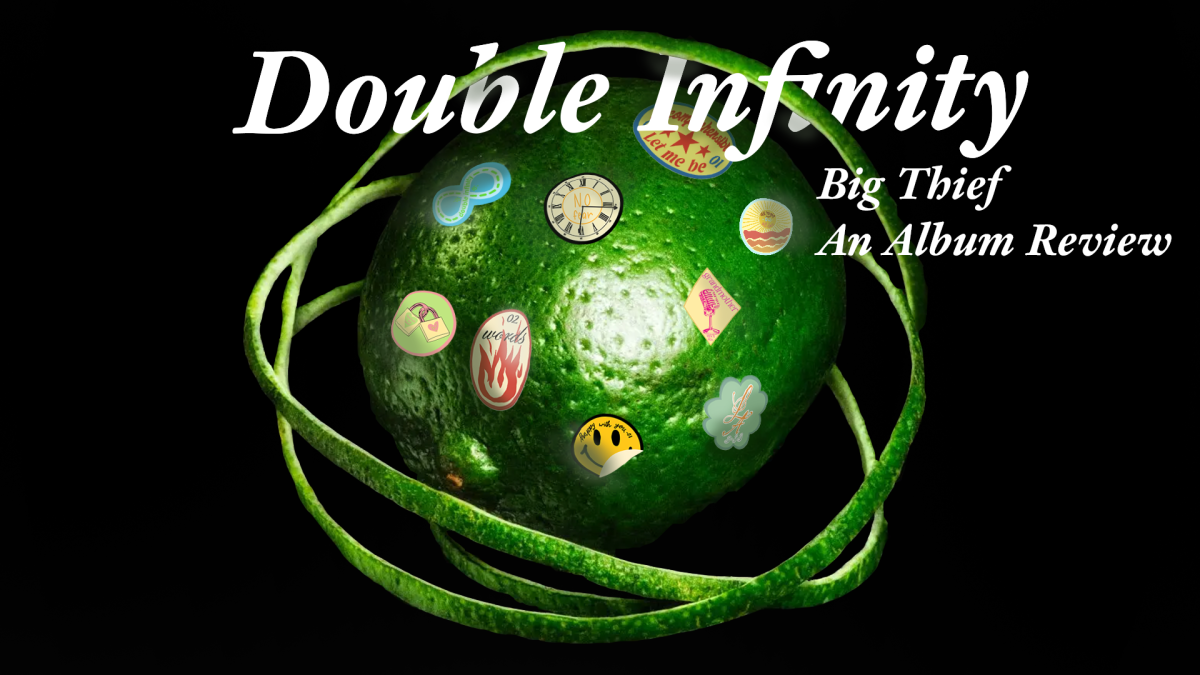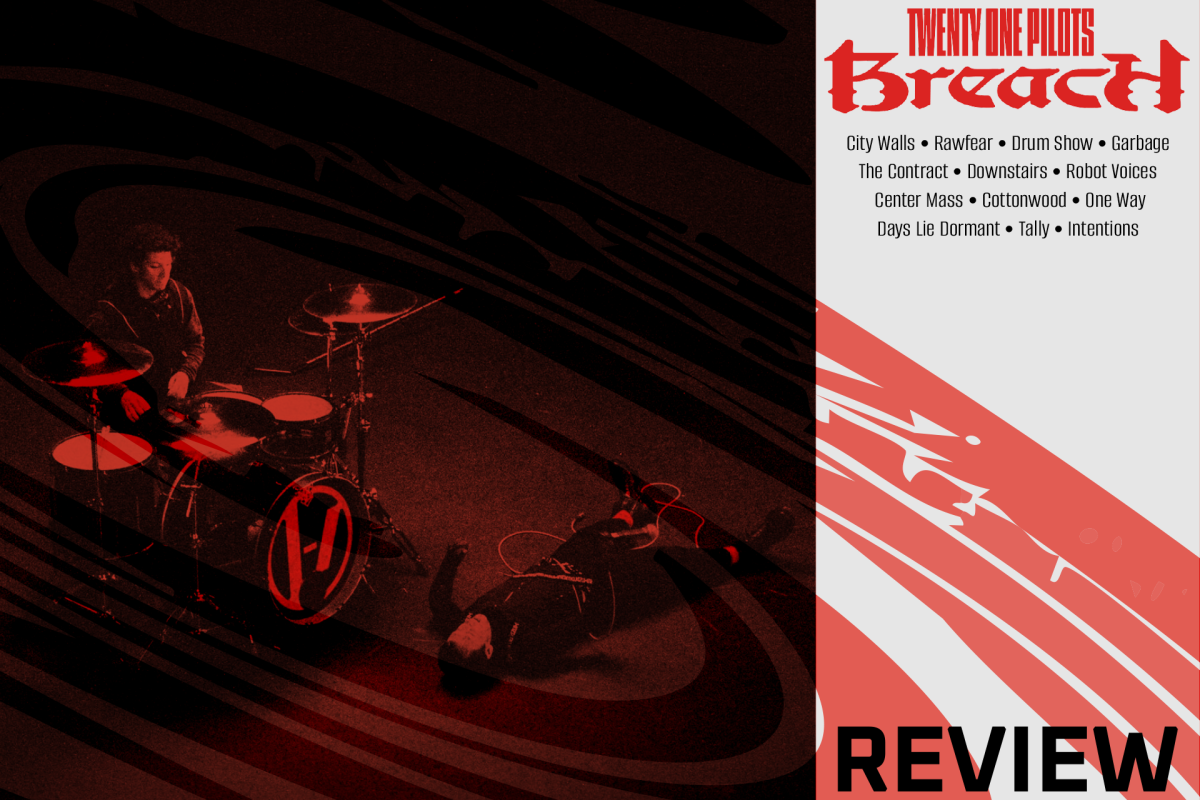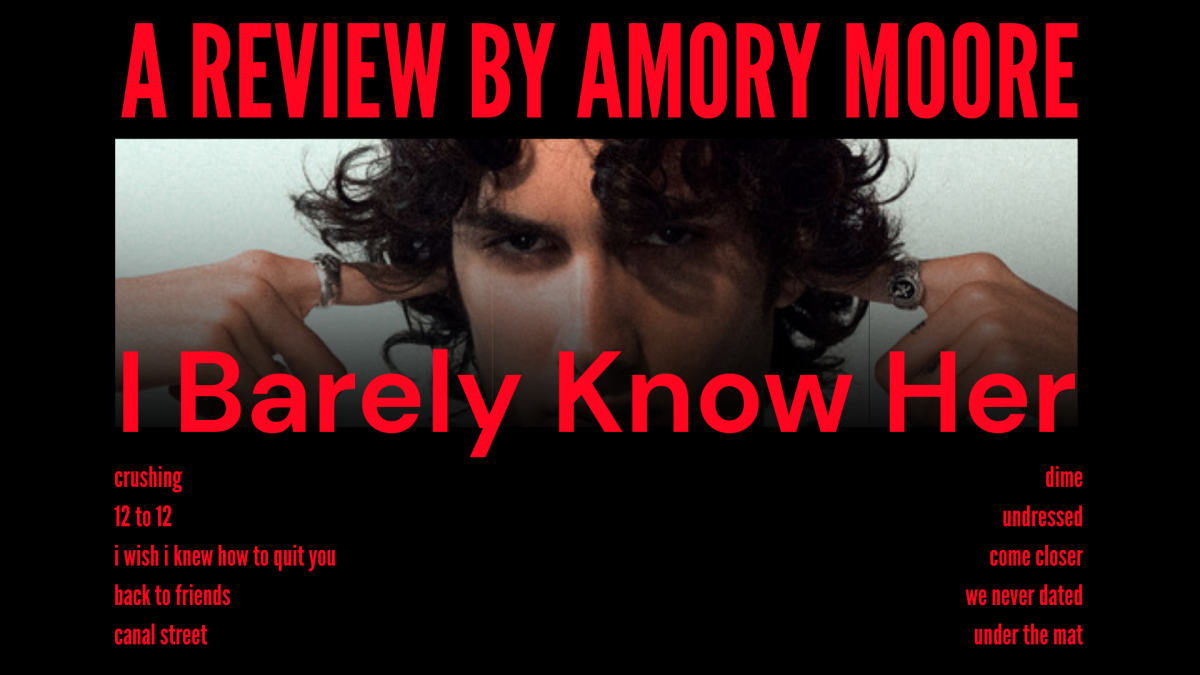In an immensely raw and vulnerable track list, Swift opens up about her intense realities surrounding love, mental illness and fame
On April 19, Taylor Swift released her highly anticipated album titled “The Tortured Poets Department.” Two hours later, Swift released ‘The Tortured Poets Department: The Anthology,’ which features 15 new songs on top of the original album’s 16.
As a life-long Swiftie myself, this album was absolutely perfect to me. I loved the way Swift twisted her pain into a beautiful masterpiece for so many to enjoy and relate to, myself included. Swift often opens up through her music, but this album felt so personal, and I was blown away by her capability to portray such raw emotion for millions to witness. Even before the album was released, I fell in love with the aesthetic, the all-around feel of the album, and the message Swift was communicating about love, loss and life.
Swift uses many references to historical novels, characters and periods, intertwining the past with her present struggles. Claiming her poet status, Swift makes a few mentions of the Greeks, including Cassandra and Aristotle. In Greek mythology, Cassandra was a princess who had the power to foretell the future, only to be cursed by Apollo so that no one would believe her. In “Cassandra,” Swift relates to her own life in the track titled after the myth. Aristotle, a major Greek philosopher, is mentioned in a love song titled “So High School,” in which Swift writes that her lover knows how to play ball while she knows Aristotle. This subtle hint to the fact that her boyfriend, NFL star Travis Kelce, plays football, while she knows poets and philosophers, was the perfect touch to the tune.
Apart from the Greeks, Swift also pays homage to other famous women that captured the gaze of the world before her. In her track titled “Clara Bow,” Swift describes the dazzling starlets that came before her, including the track’s namesake. The 1920’s silent film actress was dubbed the first American “It Girl,” a term tossed around each decade since.
The song jumps from Clara Bow to Stevie Nicks, the lead singer and songwriter of the band “Fleetwood Mac.” After her verse about Stevie Nicks, Swift namedrops herself, hinting at the fact that she is the current age’s “It Girl.”
As someone that loves and appreciates references to historical periods and people, these tracks really spoke to me. Swift uses her songs to paint herself as an artist with immense knowledge of the past and weaves it into her own life in a unique way.
Continuing her allusions to well-known figures before her, Swift also mentions Patti Smith, a writer and singer, in her track “The Tortured Poets Department.” In this reference, she compares herself to Smith and compares her lover to Dylan Thomas, another poet, claiming they aren’t like the two, but rather “modern idiots.” Using references to artists like Smith and Thomas really draws into Swift’s aesthetic and lyrical message of love and loss behind the album, which I thought was a minor but important detail in building the feel of the record.
However, a Taylor Swift album isn’t a Taylor Swift album without gut-wrenching ballads and she has plenty of them on this one. Whether these slow burn tracks are about one man or the other was the last thing I was concerned about while listening, but rather the metaphors and allusions to past songs and moments Swift referenced in the heart-shattering lyrics.
Swift is known for her lyricism, even jokingly telling fans they need a dictionary for some of her albums. But, all jokes aside, the bridges and melodies Swift put together in these songs were unmistakably tragic. Her pain is heard loud and clear through her music, bringing the listener down with her as she describes her agony.
Along with all the mournful melodies scattered throughout the tracklist, Swift throws in a few songs with tones of romance, which many fans point to Travis Kelce, Swift’s boyfriend. As many Swifties had hoped, myself included, their relationship was supposedly nodded to a track or two on Swift’s album, including “So High School” and “The Alchemy.”
All in all, Swift’s new era is one to be remembered. Her ability to combine such raw feelings with meaningful lyrics and devastating instrumentals pulls us back time and time again, and this record did not disappoint. While writing and recording the album, Swift was in a place of heartbreak and loss, all while performing in sold out stadiums for weeks on end, and her songs reflect that pain. As Swift herself said, she can do it with a broken heart.
Edited by Annie Goldman | [email protected]
Copy Edited by Hannah Taylor
Edited by Emily Skidmore | [email protected]








